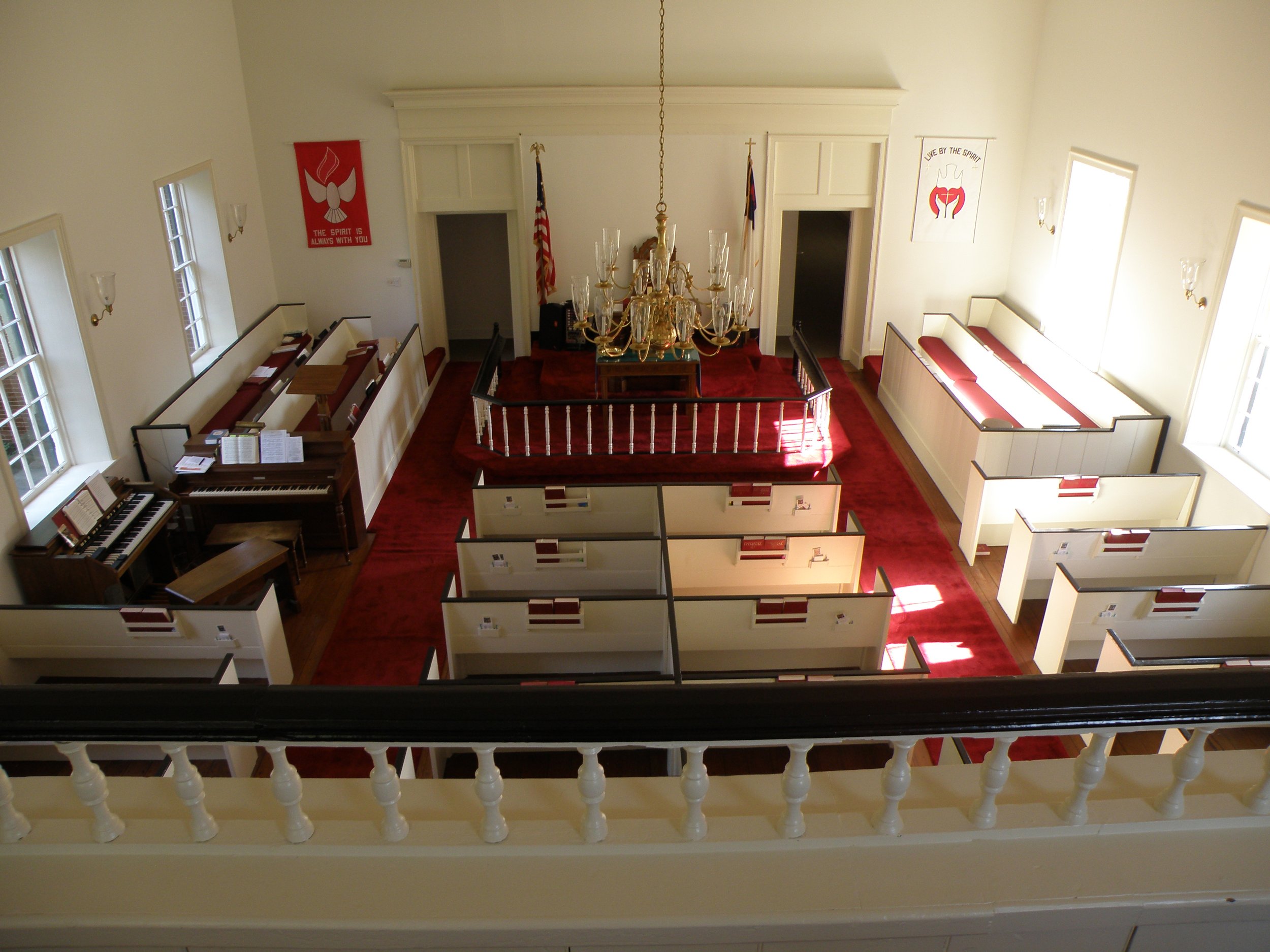Halifax County is rich in historic homes. In accordance with the Society’s Mission Statement to preserve historical information for dissemination to the public, the Society can assist homeowners in locating a professional who can help them work toward obtaining state and/or national recognition for their historic property.
Currently there are thirty-seven county properties that have been listed on either or both the Virginia Historic Landmarks Register and the National Register of Historic Places. There are also five groups of homes and public buildings in Halifax County now designated as “Historic Districts” and many other properties in the county with historic architectural features.
For additional information on the houses, please see An Architectural History of Halifax County, Virginia, published by the Halifax County Historical Society. Properties listed in this publication will be featured periodically and will include detailed descriptions and photographs of the exterior and interior of these buildings, if available.
Halifax United Methodist Chruch
133 Mountain Road
Town of Halifax, VA
AJ Bohanon photo
Halifax United Methodist Church is thought to be the second oldest public building in the Town of Halifax and is included in the Mountain Road Historic District. Built in 1828, it was commissioned by the Vestry of Antrim Parish and originally served an Episcopal congregation as St. Mark’s Episcopal Church.
The brick building is a combination of two architectural styles. The temple-like front is typical Greek Revival style, featuring a pedimented gable and symmetrically placed windows and doors. The sides of the church have identical placements of four, twelve-over-twelve pane windows, a feature also attributed to Greek Revival architecture.
The inside of the church is more characteristic of an earlier, Federal period style, with a simple chancel arch above the raised altar area and boxed pews. Interior doors with chamfered panels are found throughout the original church building. An enclosed winder stair in the entrance leads to a balcony with two-tier seating.
AJ Bohanon photo
The Episcopal congregation outgrew the modest sized St. Mark’s in less than two decades. Land was purchased nearby and in 1844, Episcopalians left the small brick church and moved into the present day St. John’s Episcopal Church.
Donna Strange photo
These silver communion vessels were given to the church in 1831 by James Coles Bruce and his wife Eliza Wilkins Bruce (who would build Berry Hill Plantation in 1842-44). The single handled vessels are engraved “St. Mark’s.”
St. Mark’s was sold a year later to the Courthouse Presbyterians who held services in the church until 1874 when the congregation moved into the newly built First Presbyterian Church in South Boston. In 1880 the trustees of the Court House Methodist Episcopal Church South acquired St. Mark’s, and today it is known as Halifax United Methodist Church.
In 1950 the Methodist congregation added a library, office and classrooms behind the chancel. A two-story addition was built in 1972 with a multipurpose room, kitchen, meeting rooms and a spacious side entrance.


